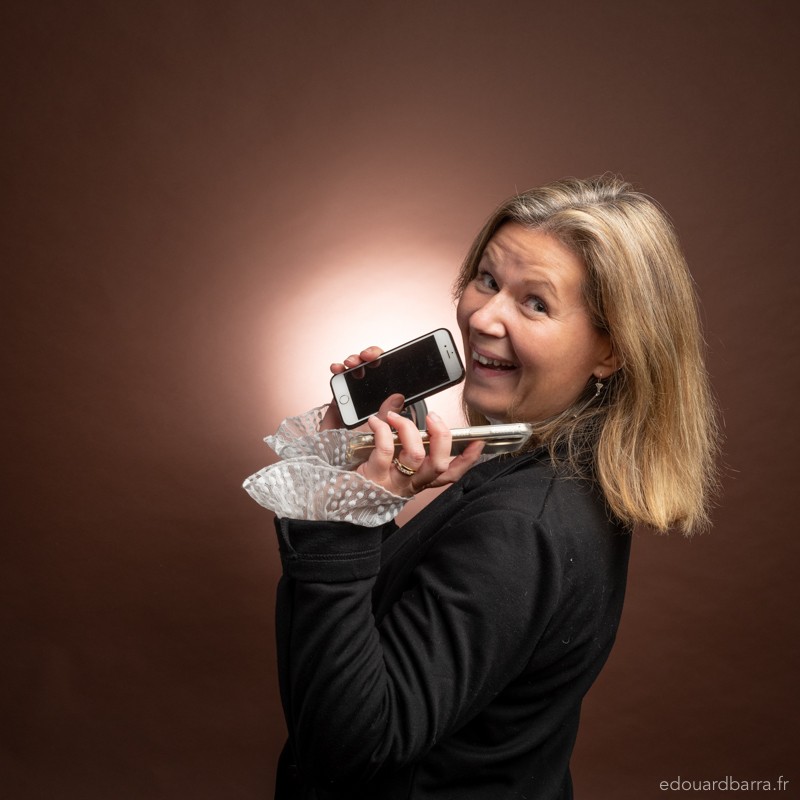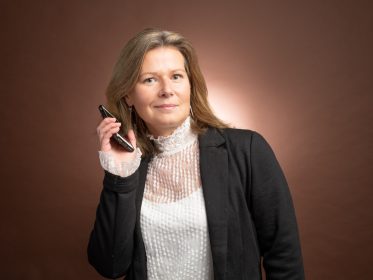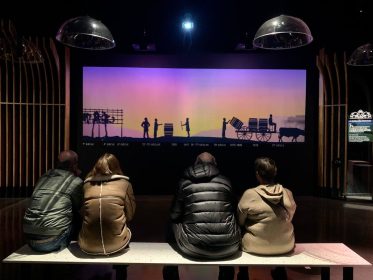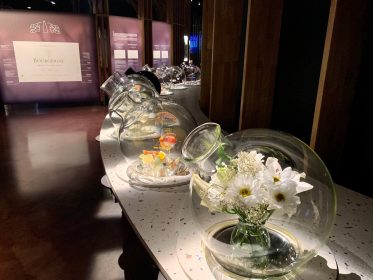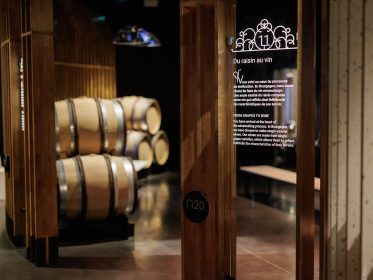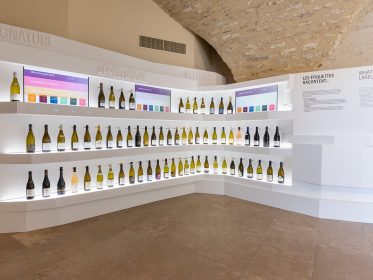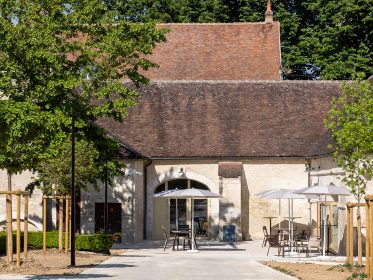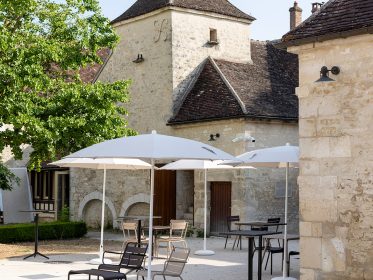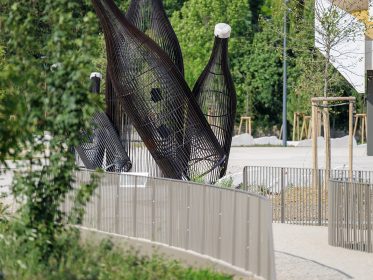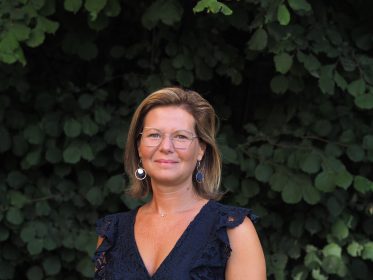Chloé Butet: “The Cité des Climats et vins de Bourgogne is the concentrate of Burgundy”
Chloé Butet, Director of Culture and Communications at The Cité des Climats et vins de Bourgogne, kindly agreed to share with WTA some details on the recent project. Oleksandra Hryhorieva, our correspondent in Burgundy, met with Ms. Butet in order to immerse our readers into the world of Burgundy wine culture which the Cité represents today.
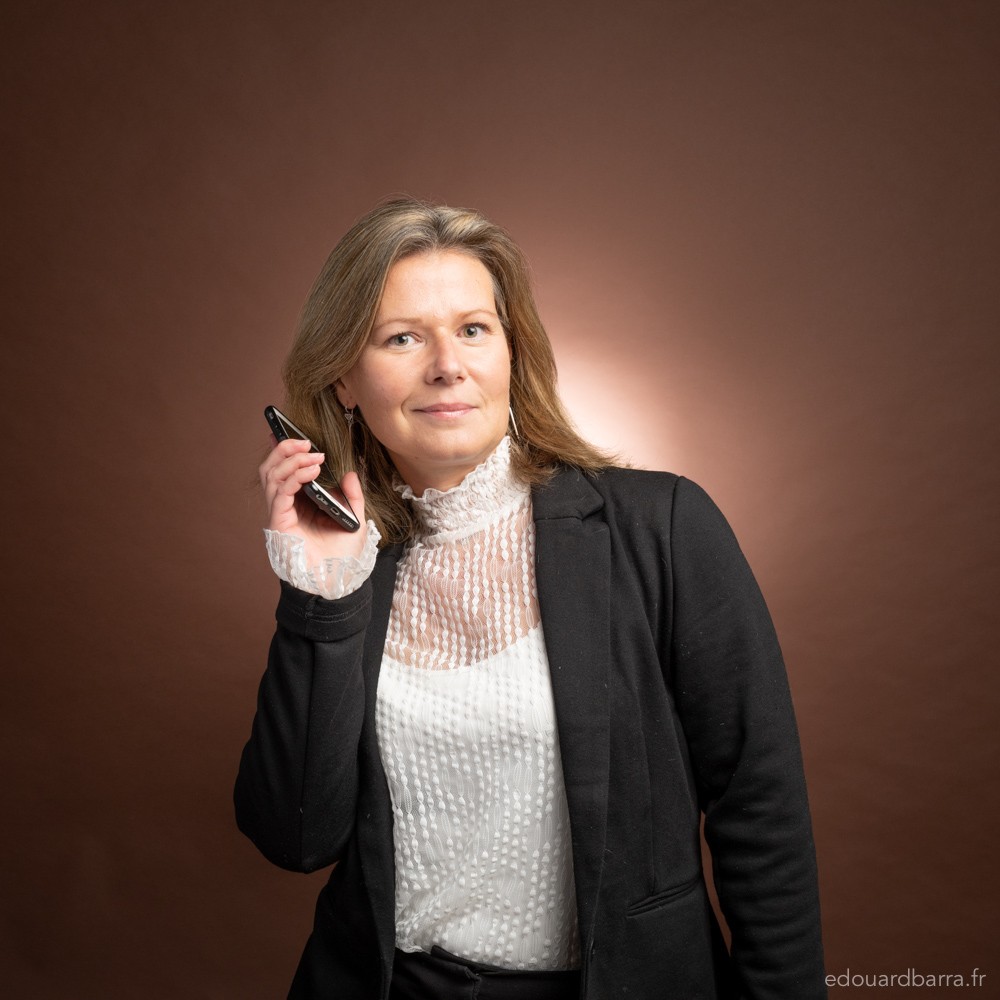
Author: Oleksandra Hryhorieva
To start our conversation with Chloé Butet, we went up to the terrace of the Cité des Climats et vins de Bourgogne, 20 meters high. This is the highest view in Beaune, from where you can see the slopes with vineyards. There is no orientation table at the moment, but it will be installed in April. Although it is cloudy and foggy – typical weather for Burgundy at this time of year – Ms. Butet warmly shares what a visitor can see in this panorama: “On your left is the Côte Chalonnaise. Meursault is not far from here. Usually you can see the small church of Meursault, but the weather conditions do not allow us to do it. Then, there is a small village in the hills – Volnay. Moving further, we are on the Côte de Beaune – small plots are clearly visible through binoculars. On the left you can see the peak – this is the Hospice de Beaune. On the right is the cathedral. We continue with Corton-Charlemagne. And here we are completely in the fog, but we can recognize all the way up to Nuits-Saint-Georges. This place allows you to admire this whole view. So, with an orientation table, it will be more convenient for visitors.”
I had the opportunity to ask Ms. Butet a lot of questions as we toured different areas of the museum – from the boutique on the ground floor to the workshop space on the second and wine bar on the fourth.
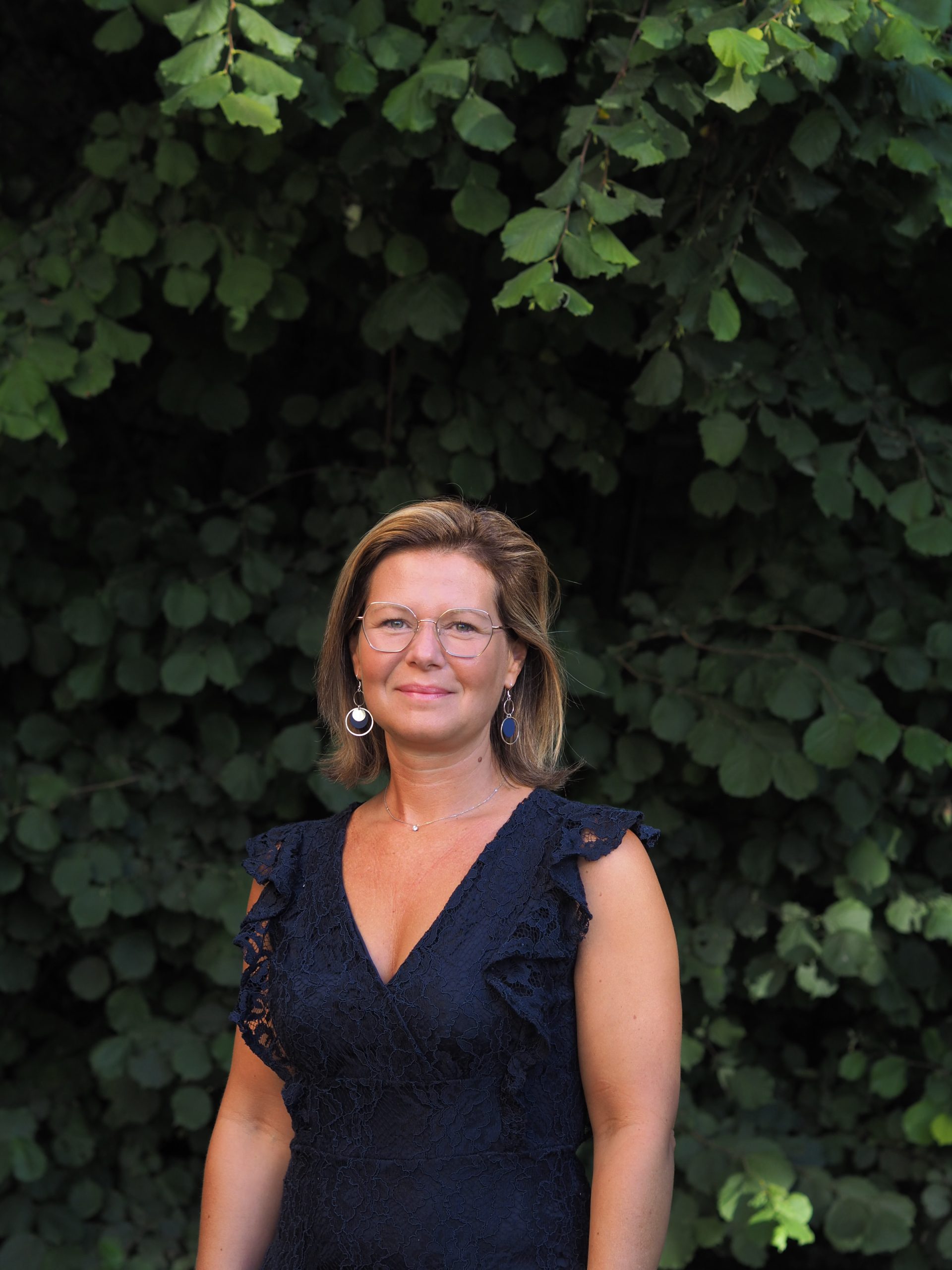
OH: The idea of a cultural and tourist place dedicated to promoting the history, heritage and wine culture in Burgundy was born in 2010. Where did you look for inspiration for such a large-scale project?
CB: In fact, the initial idea comes from the BIVB, Bureau Interprofessionnel des Vins de Bourgogne. It suggested that it would be great if we had a single flagship project to represent Burgundy wines. The role and mission of BIVB are to promote Burgundy wines abroad. And they target mostly professionals, not the general public. They work closely with those who buy wine and resell it – wine merchants, restaurateurs, importers, etc. That is why the BIVB team thought it would be good that one day we could have a way to communicate who we are to a broader audience. In 2010, the inscription of the Climats de Bourgogne on the UNESCO World Heritage list triggered the idea. In 2015, we were classified as UNESCO World Heritage. In 2016, the idea of a new project was voted at the General Assembly.
OH: The Cité des Climats et vins de Bourgogne has three gateways to discover all the richness of wine-growing Burgundy: Chablis, Beaune and Mâcon. Today, we are meeting at the biggest site located in Beaune. What is the link between the three sites? Do they have different concepts and expositions? Please share with us what a visitor should expect from each location of the Cité.
CB: The sites are definitely complementary. When we were thinking of possible locations for the three sites, Beaune was an obvious choice because a lot of travelers pass through it, so there is traffic. On the other hand, it’s also where wine tourism is already the most saturated. There are already a lot of tourists wandering around. Our goal was to make them go throughout all of Burgundy. So, we needed a location at the entrance of Burgundy and a location at the exit of Burgundy – three gateways to the surrounding vineyards. Our idea is to offer a journey through Burgundy. When tourists stay in Chablis, they can stroll around the area. Once they are there, they can go to see villages around, visit different cellars and domains. Once they are there, they have an opportunity to explore the location even more. This is a complicated project, but unique in France and probably in the whole world.
It is interesting to visit all three sites. In Beaune, we have a unique architecture, a unique scenography. The tasting workshops are also concentrated in Beaune. In Chablis and Mâcon, we have a different scenography. The testimonies of winemakers are not the same. We emphasized the north in Chablis and the south in Mâcon, while in Beaune, we have testimonies from all over Burgundy. So, we gave what was specific to the territory, while respecting the common history of the region. The sites in Chablis and Mâcon are smaller and very different. So, in fact, we don’t live the same experience. Probably, my favourite site is in Chablis, because we are in a building from the Middle Ages. And the scenography is inside the cellar where the monks used to age their wine. We added a contemporary extension, though. So, for me, that’s charming. It’s my gem. We sell passes for the three cities to encourage people to visit them all.
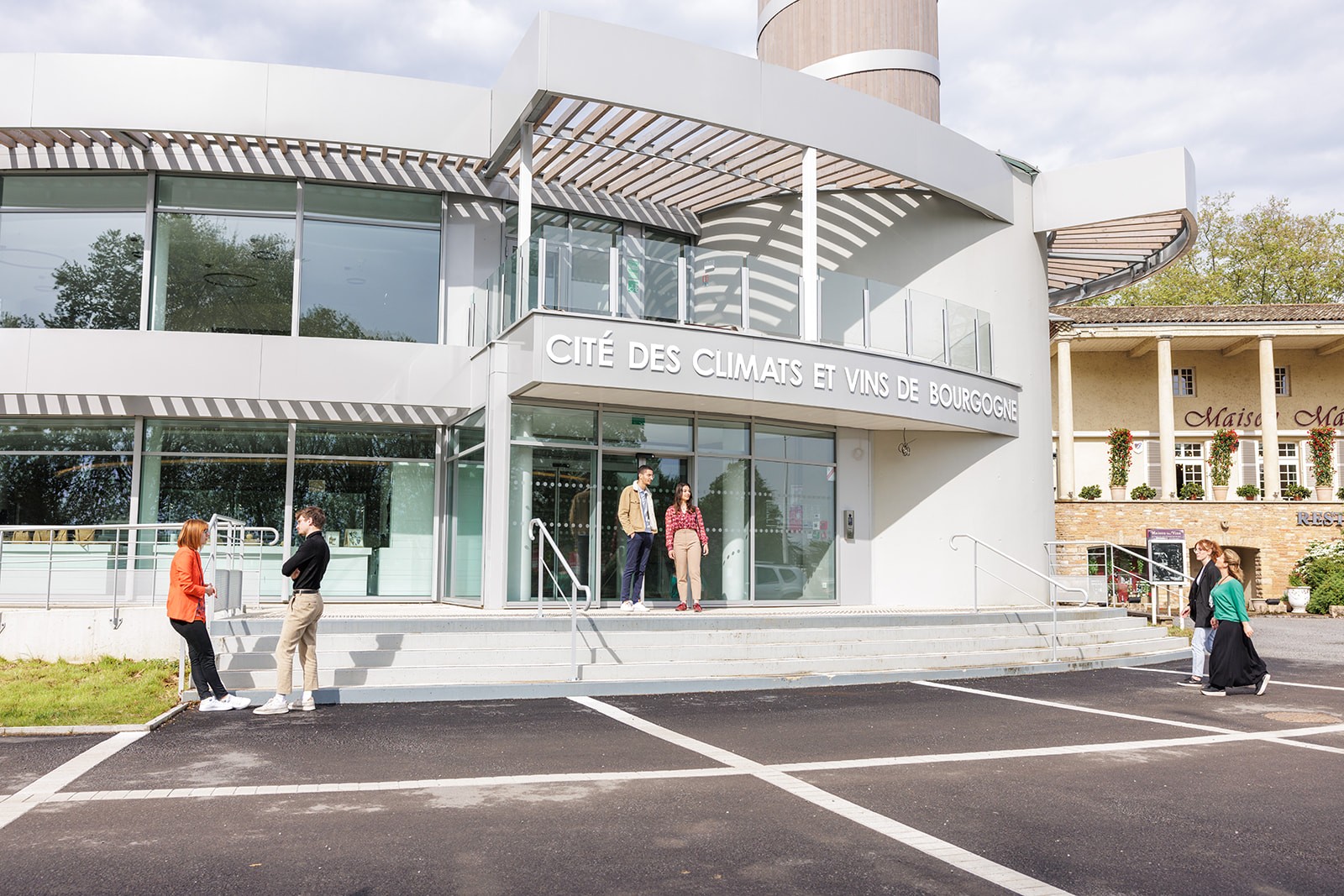
OH: For some people, it may be logical to assume a connection with the Cité du Vin in Bordeaux, but the Drinks+ and Wine Travel Awards team has been cooperating with this museum for a long time and it is among our nominees for the third year, so we quite clearly see the difference with your concept. For example, you focus entirely on local wines, don’t you? What are the other fundamental features that make your exhibitions unique?
CB: Yes, the idea of the Cité is to immerse visitors into the world of Burgundy, so the wines we feature here are exclusively local. What is unique in France and comparing to Bordeaux, I would say our Cave aux Arômes where you can refine your sense of smell, getting ready for upcoming tastings. Inside, you’ll discover 12 sensory globes, each containing aroma representatives from 12 different fragrance families found in wine. What adds to the fascination is the fact that all the aromas showcased here are completely natural. Flowers, berries, coffee, and forest floor (sous-bois) are changed regularly, while scents like leather and spices require less frequent maintenance. Everything is natural, so it has a pronounced aroma.
Apart from different master classes and courses that we offer at the Cité, our attractions involve getting out of the Cité, discovering the region. Once a month, we organize a discovery day: in addition to a classic visit of the Cité and a tasting workshop with 6 Burgundy wines, we visit different cellars, domains and cultural places of the region in groups. So, it is a truly complete and comprehensive experience.
The boutiques of each site are also different. They have different suppliers as it was important for us to cooperate with local producers. Visitors can discover many things there, from wellness (beauty products made from grapes, for example) and fashion to wine-related products.
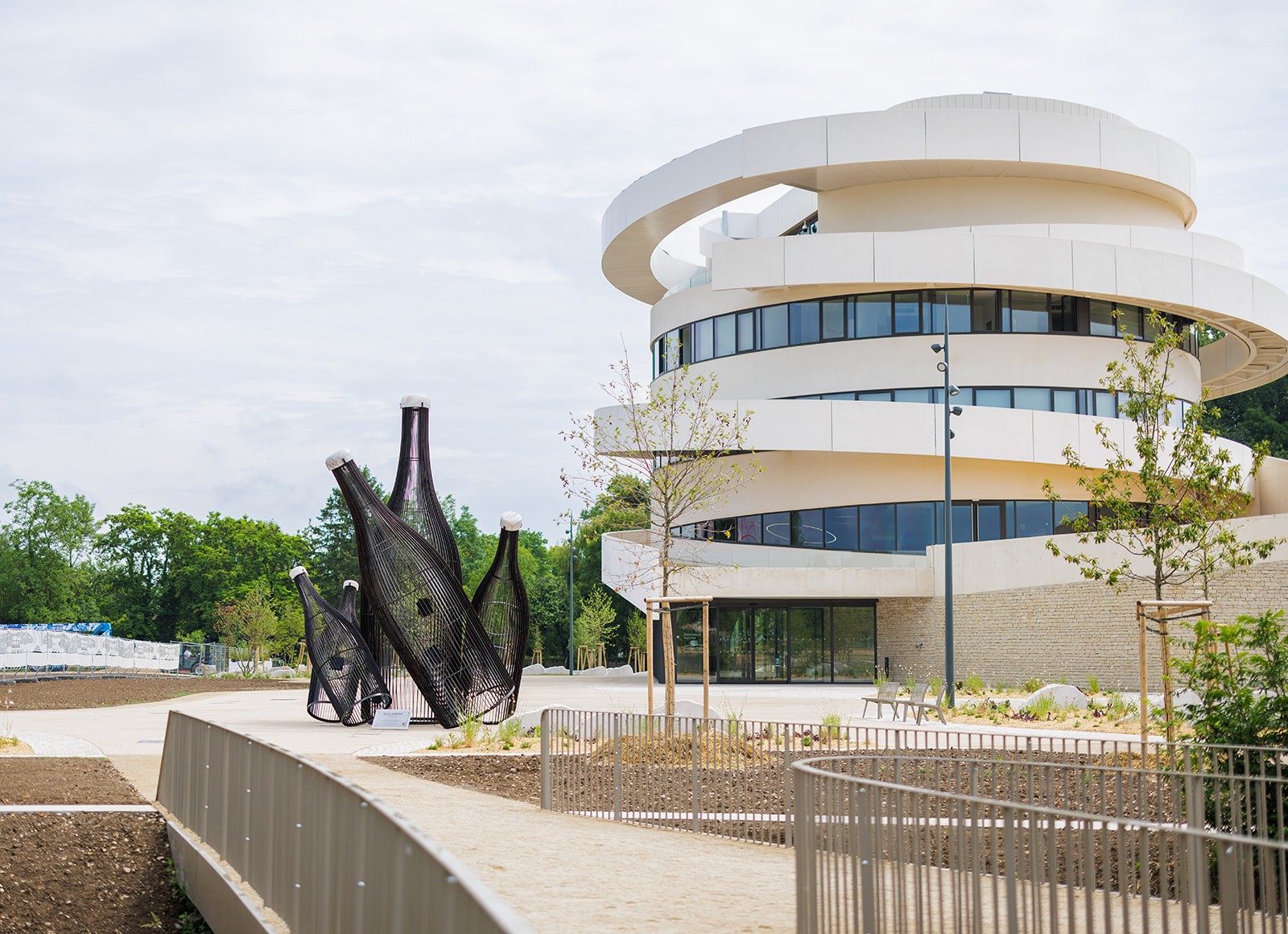
OH: In the spring of 2023, the Cité des Climats et des vins de Bourgogne opened its doors for the first time to introduce as many people as possible to the fabulous history of Bourgogne wines. Is it possible to talk about a certain success of the project? Can you share with our readers how many visitors the Cité has already received and where do they come from?
CB: Of course, at the end of October, we had 43,000 visitors across three sites, 75% of them in Beaune. Our visitors are both foreigners and local residents. During the tourist season, many visitors come from foreign countries or other regions of France.
OH: Since the opening, the Cité has been recognized at various awards: your scenographic tours of the sites in Chablis and Mâcon, building of the site in Beaune made of organically sourced materials and the Cité as a whole were acknowledged. What does it mean for your team to be named «Best Wine Museum» by the Iter Vitis Association? In your opinion, do these awards contribute to the Cité visibility and what potential benefits they can bring?
CB: We are proud of such a large-scale and important project for Burgundy as the Cité, and we believe that it would be a shame not to appreciate and showcase it. We have recently participated in the Enotourism Trophies, and many more are yet to come. It also allows us to connect with our audience and share our news and achievements with them. This way, visitors can see that not only are we proud of the Cité and encourage them to discover it, but others are saying that it is worthy of a visit. This is the best strategy we offer – recommendations and feedback from others.
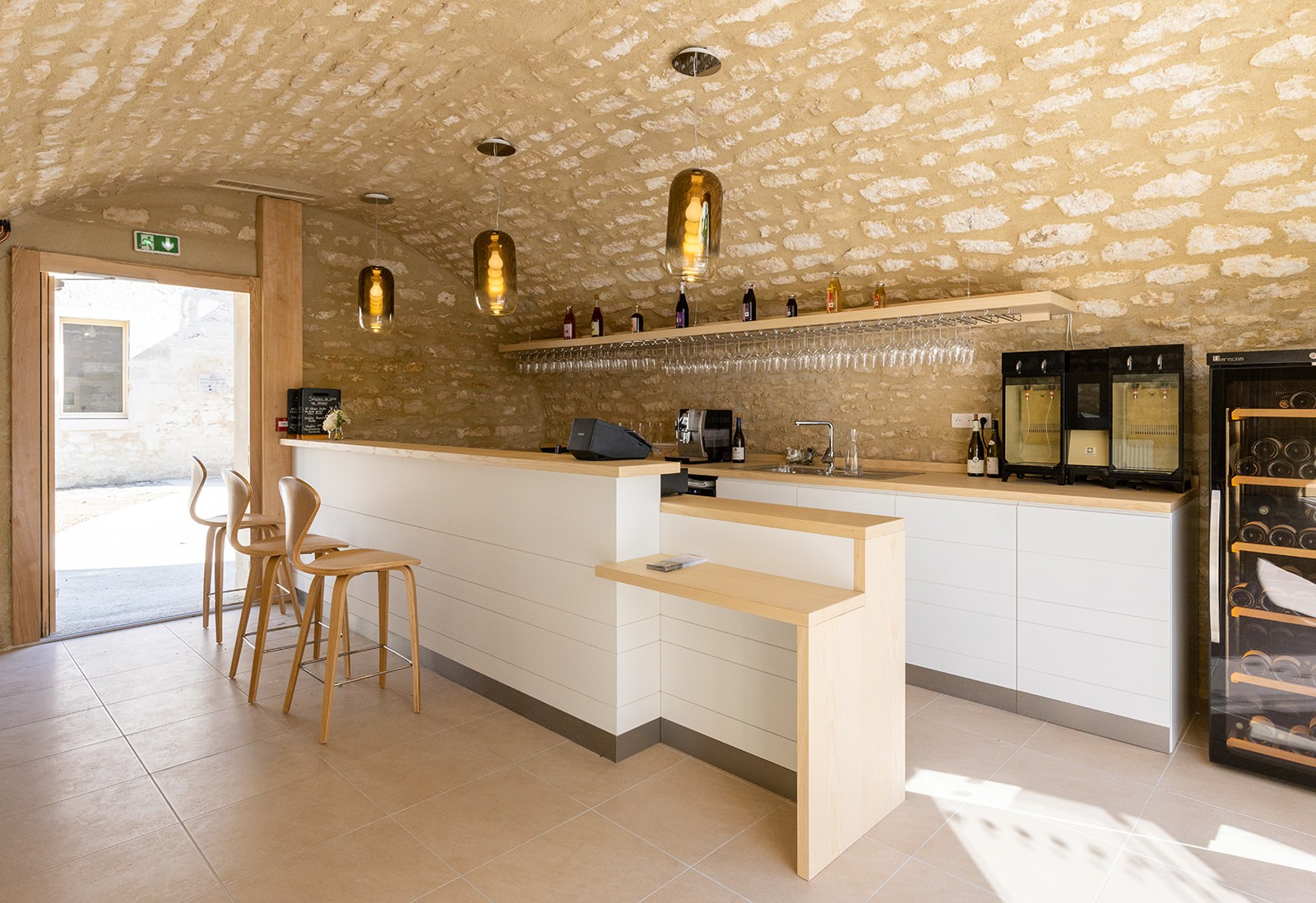
OH: Let’s talk a little more about the site in Beaune. The first thing you can probably admire when you arrive here is the outstanding architectural feat of the Cité des Climats et vins de Bourgogne. Its distinctive spirals, rising to a height of 24 meters, resemble the vines winding around their trellises. Where does this idea come from? Was there an open tender for architectural firms, or did you know right away who you would be working with?
CB: The city of Beaune, in fact, owns the property and initiated the tender process back in the day to create something distinctive from what exists today. The mayor, who has been in office for five terms, installed a static hot air balloon in the 1980s. It ascended and descended on this vacant land at that time. When it went up, residents and tourists enjoyed the view of the viticulture hillside. When they developed the project specifications, Mayor said, “I would like to have a tall building to regain that previous view.” That’s how the architects worked on it, with multiple specialists involved. It was Emmanuelle Andreani who had the idea for the spiral building, incorporating an element of the vine. I think it looks like an outdoor Guggenheim. And I heard tourists say: “Oh, it looks like a snail.” It sparks the imagination.
OH: You offer such a great variety of experiences here: food pairing, the art of tasting, wine and perfume, wine and chocolate, etc. How do they usually take place? Who leads these masterclasses, a professional sommelier, or a wine educator? How often do you change the topics?
CB: In order to provide our visitors with educational activities, we merged with the Ecole des Vin de Bourgogne, wine school that has already been operating for 50 years. Since the middle of June, we have been offering 45-minute wine workshops which are short and accessible. Every day, you can find “The art of tasting”, “Sommelier Tips” and “Wine and food pairing” in the program. Whether you are a beginner, an amateur or an enthusiast, you will find something adapted to your needs. Sometimes professionals working in the wine domain join the master classes to discover something new and share their experience with people they bring. These workshops take place here, in Beaune, led by our training facilitators Alexia and Bruno.
For longer courses and three-day trainings, the school cooperates with external certified educators. Our new course is devoted to the Grands Crus de Bourgogne. It takes place on Saturday. A unique half-day for wine lovers from all over the world. Through this exceptional wine course with its tasting dedicated to the Grands Crus de Bourgogne appellations, the entire history of the region is revealed, from its vineyard plots to the know-how of its winegrowers. I highly recommend attending this course.
We try to stay innovative and experiment with different workshop topics. For example, in anticipation of the Christmas holidays, we offer a master class “Festive wine and food pairing”, where Crémant de Bourgogne is at the center of the action.
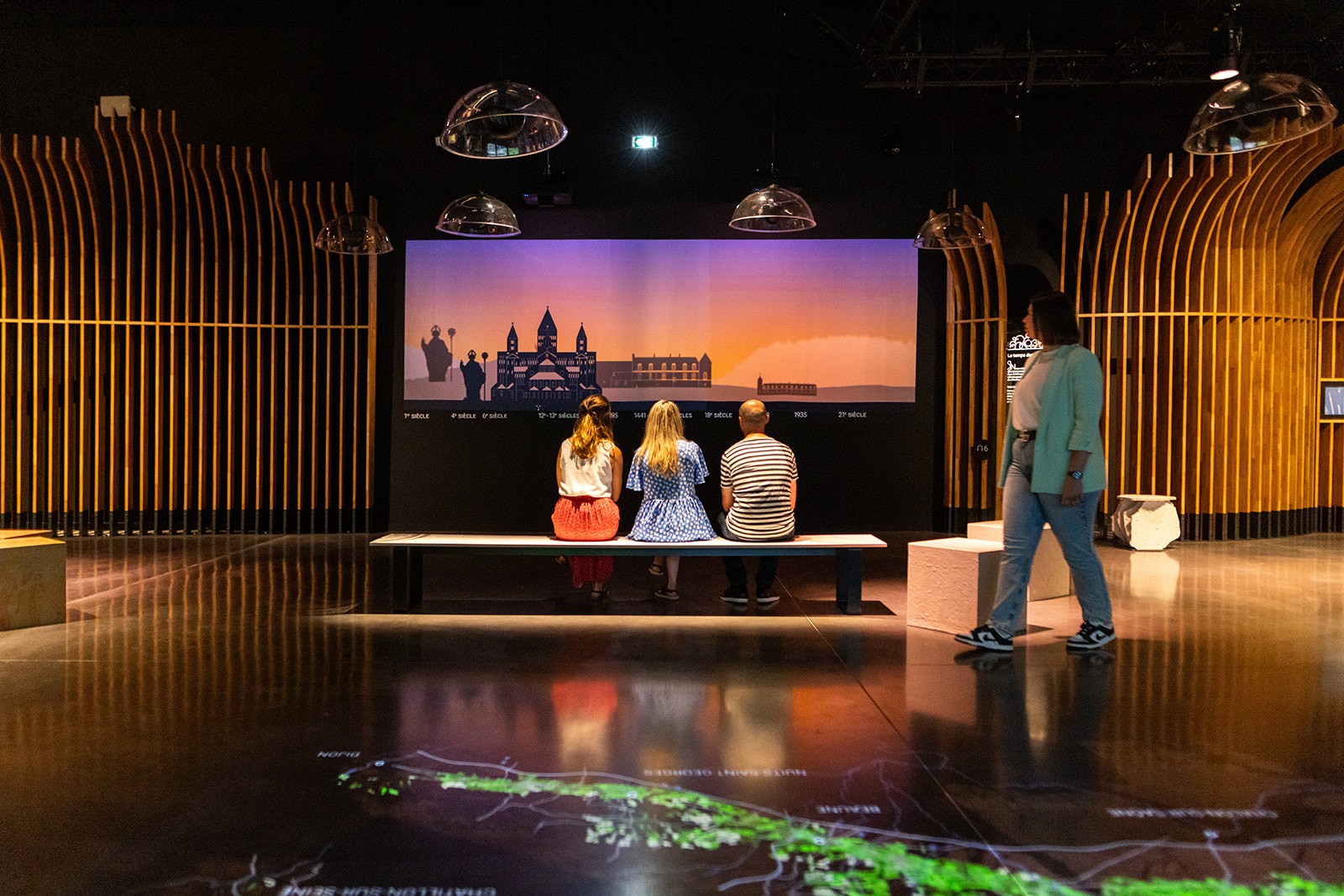
OH: On the 4th floor of the Cité des Climats et vins de Bourgogne in Beaune, there is the Discovery Bar “Les Accords”. Please tell us how you select wines featured in the bar. Who is part of the team of tasters and on what principles do they work? Are there certain criteria a wine must meet? How often do you review the selection?
CB: In fact, we are neither a typical restaurant, nor a typical wine bar. We wanted to have our own signatures, and for that, we focused on food and wine pairings. So, we have the chef who prepares dishes and suggests the wine that goes with them. It’s interesting. It’s quite unique. The quantities are more like appetizers. We change the menu every two months, depending on what’s available on the market that season. We also have excellent cheese and meat boards throughout the year due to our high-quality suppliers. I would like to share the news that our Discovery Bar has just received the Vignobles et Découvertes and 100% Côte d’Or certifications due to our focus on local products in our work.
To answer your question about where we source our wines, the selection is done in the Cave de Prestige. There is also an annual selection that BIVB organizes. All winemakers who wish to participate can enter the selection and receive the promotion of their wines throughout the year. We also consider the Guide Hachette des Vins for our selection and buy directly from certain domains or maisons, when we have a particular need, and it doesn’t match what we have in the stock or in the guide. Apart from that, we pay attention to local wine competitions such the Concours des Grands Vins à Mâcon, the Concours des vins de Chablis. In fact, we rely on the local network and pick Burgundy wines from the selections of these local organisations and competitions.
OH: Dear Ms. Butet, on behalf of the entire Drinks+ editorial team, we thank you for your time and wish you a Merry Christmas and Happy New Year. We are looking forward to seeing the Cité des Climats et vins de Bourgogne among the nominees for the Wine Travel Awards 2024.
CB: Thank you, Oleksandra, for your thoughtful questions and attention you paid to the Cité. I wish you happy holidays!
